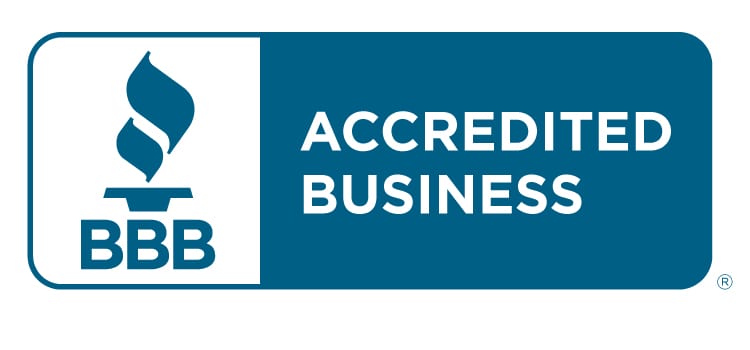
The Quick Guide to Customer Personas
Are you putting customer personas to work?
A customer persona is an incredibly helpful tool in marketing. But in order to get the full range of benefits, you need to make sure that you’re following all of the necessary do’s and don’ts that go into creating them.
Here’s what to know so you can craft customer personas that boost your marketing performance and drive more business your way.
What Is a Customer Persona?
A customer persona is a detailed overview of your target customer. This persona is not meant to correspond to one specific person but is rather a general composite sketch that adequately defines the relevant traits, challenges and preferences of your ideal audience.
Done well, a customer persona provides you with a blueprint from which to segment and target your core audience. And in many cases, you’ll create a few personas, one for each subgroup of individuals you’re trying to reach with your products or services.
Steps to Creating a Buyer Persona
Whether you’re starting from scratch or refining existing personas, follow these steps to make them as thorough as possible.
- Research: Gather demographic data, behavioral data and anything else that will help you write your persona(s).
- Analyze: Dig into the data to pull out key trends and patterns.
- Segment: Based on what you learn, segment your audience into one or more persona groups.
- Write: Create a document that covers all need-to-know information about a specific persona, including their name, interests, position, pain points and anything else that’s relevant.
Customer Persona Mistakes to Avoid
Here are a few don’ts to keep in mind as you focus on writing the best possible customer personas:
- Don’t segment on character traits alone. (Use pain points instead.).
- Don’t let bias seep into your personas.
- Don’t include useless information.
Need more guidance? Get in touch and let’s talk.



